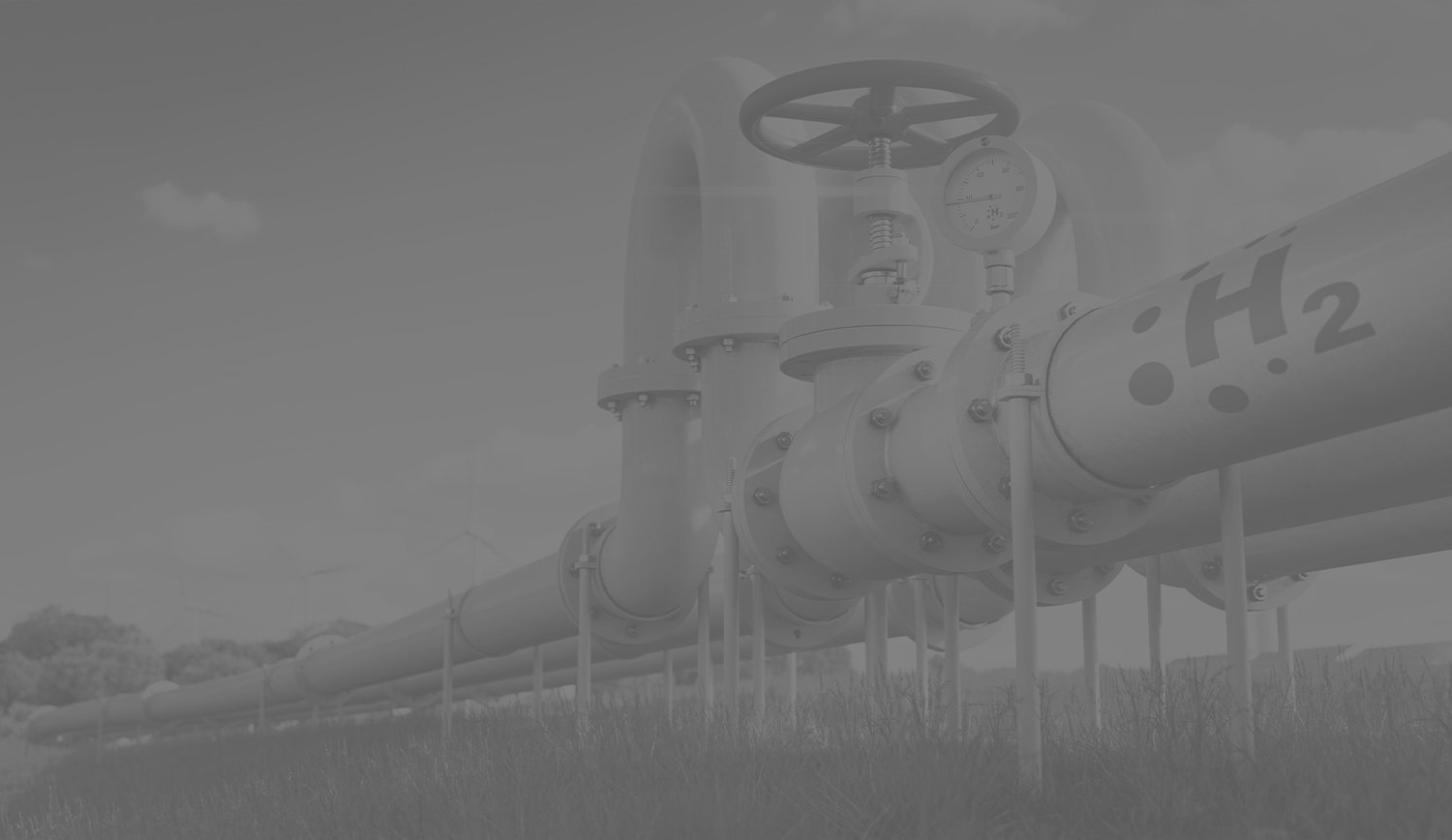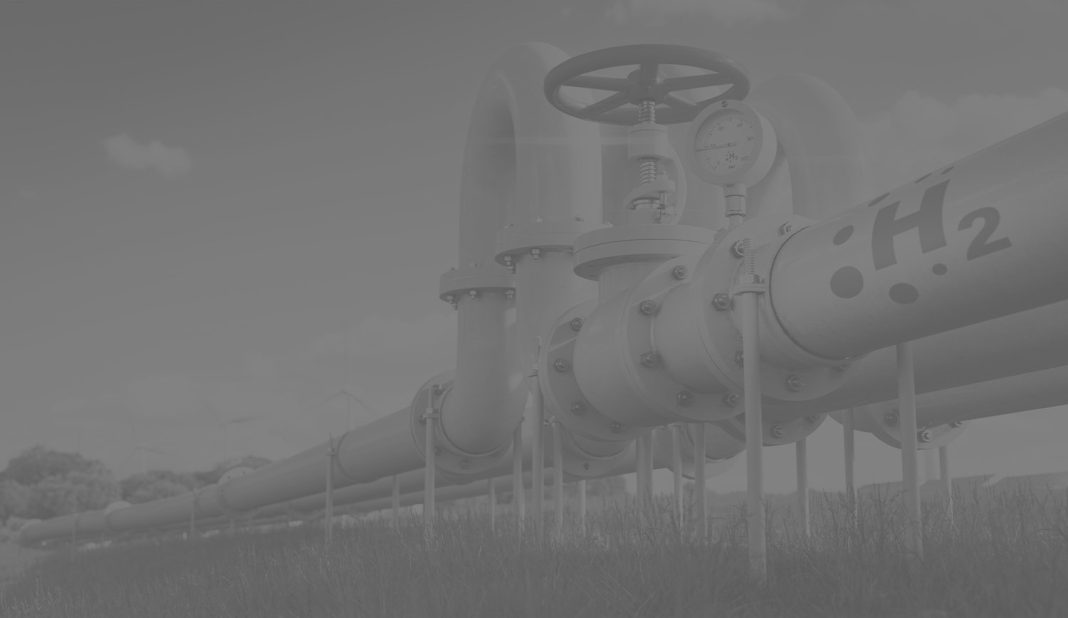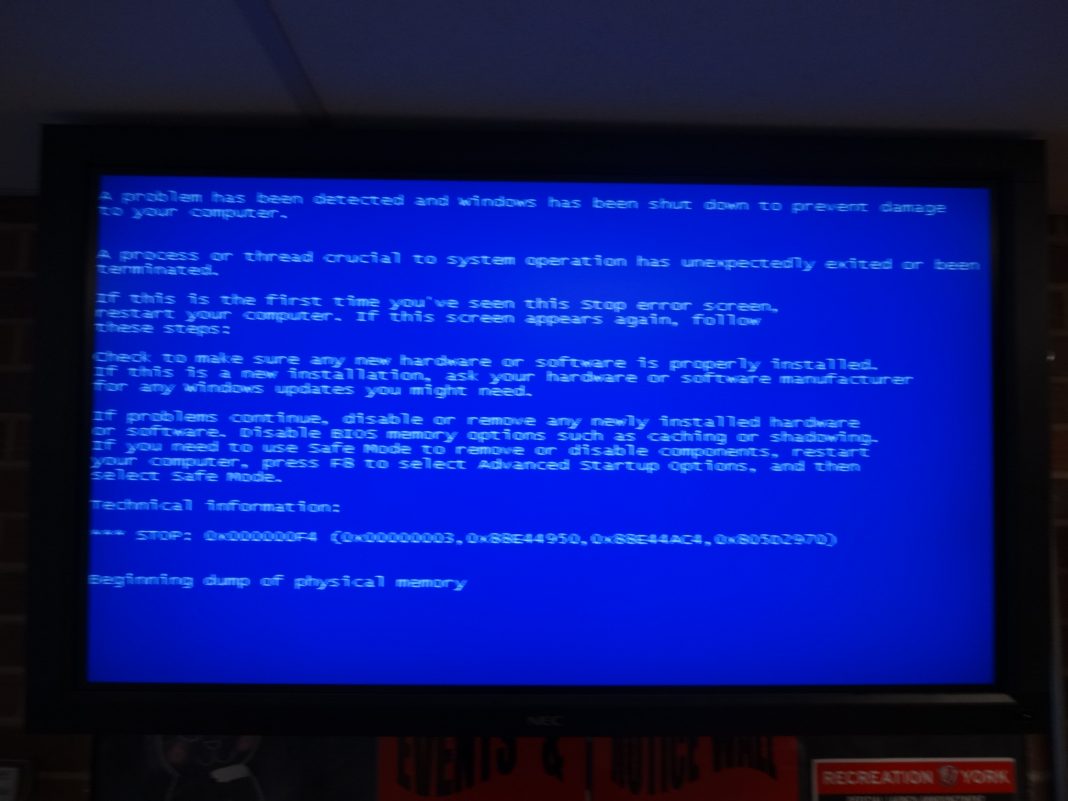 Australian Labor government supports development of new gas fields in its push for net zero emissions by 2050. The Future Gas Strategy aims to ensure energy affordability, security, and promote trade and investment. Resources Minister Madeleine King emphasizes the importance of gas in achieving renewable energy goals and reducing emissions. Australia’s LNG exports contribute significantly to the economy, but projects like Scarborough LNG and Beetaloo Basin face opposition from environmental advocates. The strategy also focuses on acquiring new gas sources and shifting to higher-value and non-substitutable gas usage. The government plans to implement a new Transboundary Carbon Capture and Storage program and encourage more gas exploration through a “use it or lose it” policy.
Australian Labor government supports development of new gas fields in its push for net zero emissions by 2050. The Future Gas Strategy aims to ensure energy affordability, security, and promote trade and investment. Resources Minister Madeleine King emphasizes the importance of gas in achieving renewable energy goals and reducing emissions. Australia’s LNG exports contribute significantly to the economy, but projects like Scarborough LNG and Beetaloo Basin face opposition from environmental advocates. The strategy also focuses on acquiring new gas sources and shifting to higher-value and non-substitutable gas usage. The government plans to implement a new Transboundary Carbon Capture and Storage program and encourage more gas exploration through a “use it or lose it” policy.
Support for the Future Gas Strategy comes from the Australian Workers’ Union and the business community. The Australian Workers’ Union endorses the strategy, stating that energy policy should be based on evidence and practicality rather than emotion. They argue that a clear future role for gas is necessary to alleviate public uncertainty and ensure a stable supply. The Business Council of Australia and the Victorian Chamber of Commerce and Industry also express positive sentiments, emphasizing the importance of gas in the transition to net zero emissions. They believe that the strategy strikes the right balance by keeping prices down, delivering reliable power supply, and retaining jobs.
However, the Greens and concerned NGOs criticize the strategy. Greens Senator David Shoebridge calls it a “criminal decision” that contributes to climate change. Parents for Climate CEO Nic Seton believes the strategy prioritizes big gas companies over the well-being of children, as increased gas production can lead to higher insurance bills, food supply risks, and damage to communities. Seton argues that the strategy aligns with the previous government’s gas-fired recovery plan and undermines the Labor Party’s opposition to it.
The Institute for Energy Economics and Financial Analysis (IEEFA) raises concerns about the strategy’s costs outweighing its benefits. According to IEEFA, cost-effective measures to reduce residential gas demand can address supply shortfalls and lower household energy bills without the need for further gas exploration. They argue that gas companies are already shifting towards renewable investments and returning cash to shareholders, reducing the necessity for additional gas supply. Additionally, IEEFA predicts weakened LNG demand until 2035, indicating a decrease in the need for additional supply.
In conclusion, the Australian Labor government’s Future Gas Strategy aims to support the transition to net zero emissions by 2050 while ensuring energy affordability, security, and trade opportunities. The strategy faces opposition from environmental advocates and critics who believe it prioritizes the interests of gas companies over the well-being of communities and future generations. The debate surrounding the strategy emphasizes the need for evidence-based decision-making and a clear understanding of the role of gas in achieving renewable energy goals.

